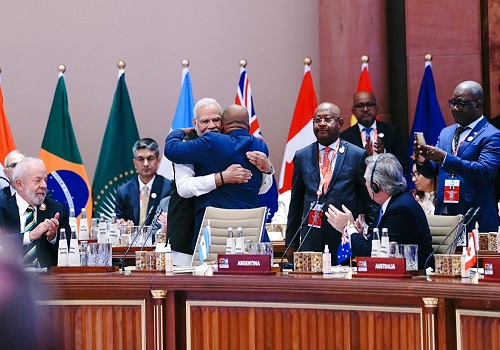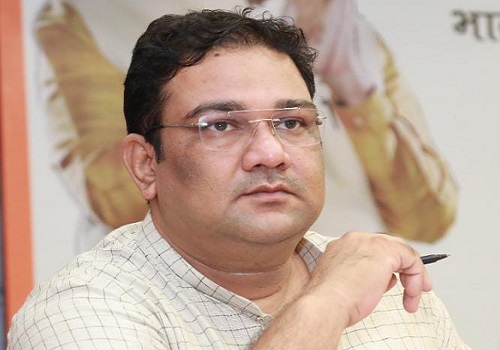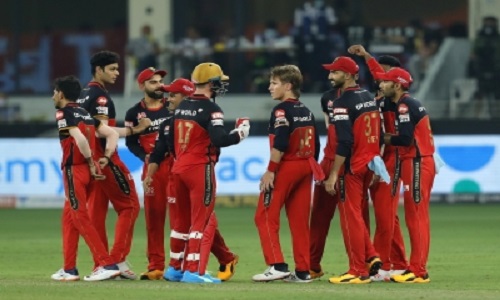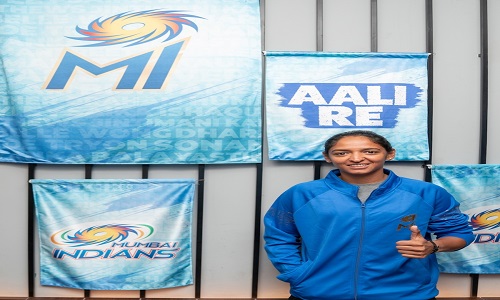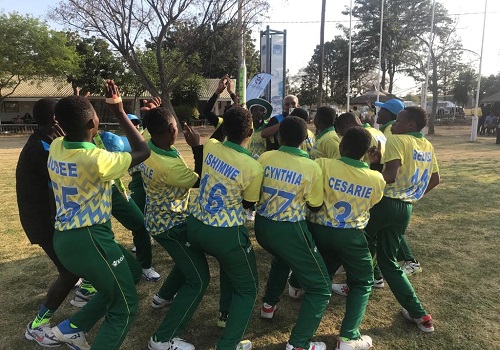India can be reasonably satisfied

Follow us Now on Telegram ! Get daily 10 - 12 important updates on Business, Finance and Investment. Join our Telegram Channel
In a crucial, prestigious winners-take-all Test for the mantle of crickets official and undisputed world champions, India have reason to be satisfied with their performance, having denied greater inroads to New Zealand, who called correctly with the coin in conditions distinctly advantageous to swing bowlers.
Batting was a challenge. But when a third stoppage in play occurred because of bad light in what was effectively the opening day -- the first day having been wholly washed out -- a promising partnership for the fourth wicket between captain Virat Kohli and vice-captain Ajinkya Rahane has laid a platform for further consolidation in the final of the inaugural ICC World Test Championship.
It was blindingly clear from his choice of a five-pronged pace attack that the Black Caps' skipper Kane Williamson would bowl if he won the toss. The heavily overcast conditions -- so much so that the proceedings took place entirely under floodlights -- influenced him further.
There was also, as curator Simon Lee had promised, pace and bounce in the pitch. But the early success the New Zealanders expected failed to materialise.
To their credit, the Indian openers -- Rohit Sharma and Shubman Gill -- were suitably watchful, waited for the bad ball and recorded a chanceless half-century partnership. Indeed, their run rate of around 3.7 an over at one stage would have been better had the outfield not been so sluggish from residual moisture.
The English Duke ball generally doesn't generate late swing until a slight contrast has emerged between the two sides of the seam. But it can persist in curving in the air for 50 overs unless it's exceptionally dry and hot, which is rare and can only happen in July or August.
Sharma took his stance outside the crease to minimise the swing at the point of contact between bat and ball. Gill moved a step or two forward to make the bowler think about his length. Kylie Jamieson retaliated by digging one in short, which struck the batsman on his grill.
Jamieson has �big bird' Barbadian Joel Garner's towering height; but unlike the latter thumping the ball down, he skims it off the surface.
Sharma as usual had time to spare to execute his sumptuous drives and cuts. Gill, remarkably relaxed, caught the eye with a hook to midwicket off Trent Boult. Having done the hard work, though, Sharma reached for a widish outswinger, which he could have left alone, while Gill hung his bat out at a rising delivery outside off stump.
Cheteshwar Pujara increasingly gives the impression that he remains strokeless at the start of his innings, not because he can't play an aggressive shot, but because he won't. He refrained from opening his account for 35 balls; then almost as if he told himself he had completed his customary self-denial, he dismissively square cut and cover drove the next two balls to the boundary.
In Test cricket, occupation of the crease is tactically useful, but not if it is totally unproductive in terms of runs. Boult trapped him leg before with a characteristic left-armer's inswinger to a right-hander before Pujara had reached double figures.
At 88/3, it was consolidation time for India. They were unnecessarily inflicted an anxious moment by umpire Richard Illingworth, who gave a soft signal of �out' against Kohli, subject to DRS confirming a clean catch by wicket-keeper B.J. Watling, playing his farewell Test. The Indian captain was confident that he hadn't made contact while attempting to glance the ball; the snick-o-metre ratified so.












 320-x-100_uti_gold.jpg" alt="Advertisement">
320-x-100_uti_gold.jpg" alt="Advertisement">






